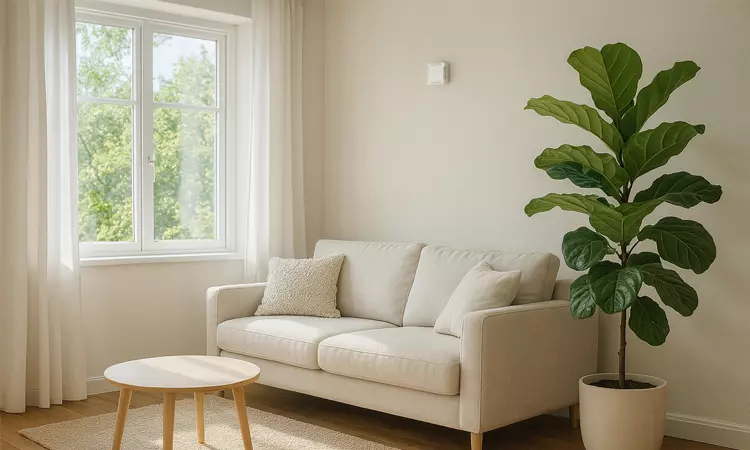Why Indoor Air Quality Deserves Global Health Priority – and How HibouAir Helps
Now a days the invisible threat of indoor air pollution is becoming one of the most urgent yet underestimated public health challenges. According to the World Economic Forum, indoor air pollution contributes to an alarming 3.2 million premature deaths annually. As people spend 60–90% of their lives indoors, the air inside our homes, schools, and workplaces can often be more polluted than the air outside.
From cooking and cleaning to simply heating our living spaces, everyday activities release airborne pollutants like particulate matter, volatile organic compounds (VOCs), nitrogen dioxide, and greenhouse gases. These pollutants can accumulate rapidly in tightly sealed or poorly ventilated buildings — even in modern, energy-efficient structures — and affect not just physical health, but also mental well-being, cognitive performance, and sleep quality.
A Global Problem in Every Household
Whether in a rural cottage or an urban high-rise, indoor air pollution affects communities across the globe. The sources may differ — from solid fuel stoves in the Global South to gas cooking appliances in Western countries — but the outcome is the same: poor indoor air that poses serious health risks.
Unfortunately, while outdoor air pollution often takes center stage in regulatory discussions, indoor air quality remains dangerously overlooked. The result? Vulnerable populations — including children, the elderly, and low-income families — are left unprotected in the very spaces they rely on for safety.
What Can Be Done?
The World Economic Forum highlights several strategies to tackle this growing crisis:
Affordable Indoor Air Monitoring: High-cost monitoring equipment has been a barrier for many households. However, new generations of sensors and IoT devices are making air quality data more accessible.
Clean Energy Adoption: Transitioning to cleaner cooking and heating methods, such as electric alternatives, is essential but requires financial and infrastructural support.
Infrastructure Improvements: Poor ventilation is a major contributor to indoor pollution buildup. Better building design and policy-driven standards are crucial to creating healthier environments.
Policy Equality for Indoor Air: Indoor air deserves the same regulatory focus as outdoor pollution if we truly want to protect public health.
How HibouAir Supports the Shift Toward Cleaner Indoor Environments
At HibouAir, we believe that clean air is a human right — not just a luxury. Our smart air quality monitoring system is designed to make indoor air visible, measurable, and actionable. Equipped with advanced sensors, HibouAir monitors key parameters such as CO2 levels, Particulate Matter (PM1.0, PM2.5, PM10), VOC (Volatile Organic Compounds), Temperature and Humidity, Pressure and Noise (in select models).
Data from HibouAir is instantly accessible through a mobile app, desktop application, and our secure online dashboard, allowing users to view real-time readings, track historical trends, and make informed decisions to improve their indoor environment. All collected data is stored securely using Amazon cloud services with certified data protection practices.
Whether you’re a homeowner, office manager, school administrator, or healthcare provider, HibouAir empowers you to take control of the air you breathe — without requiring technical expertise.
The Path Forward
Indoor air quality should not be an afterthought. As highlighted by the World Economic Forum, it must be part of a coordinated, global health strategy. Solutions like HibouAir are a crucial step in this journey, helping bridge the gap between awareness and action by making clean indoor air achievable for everyone.

